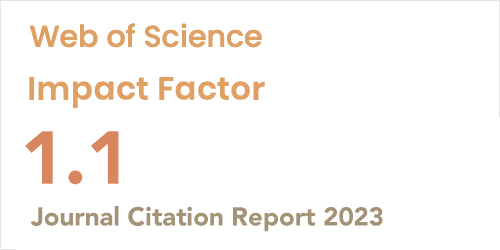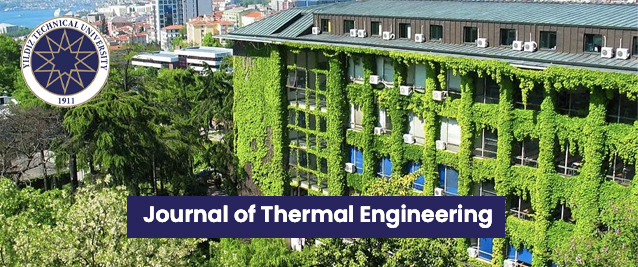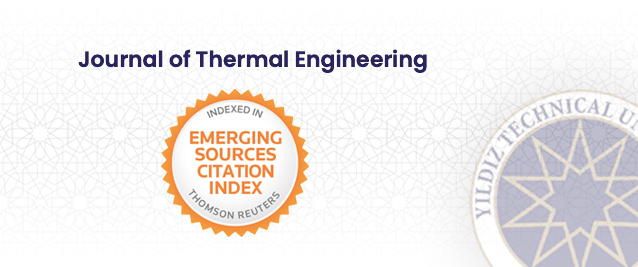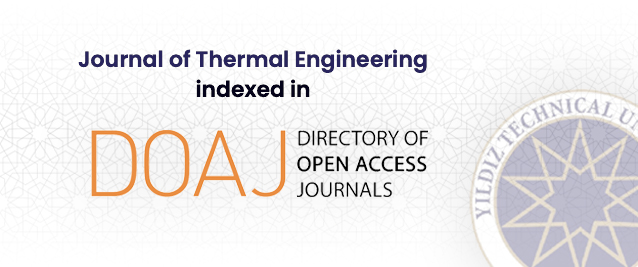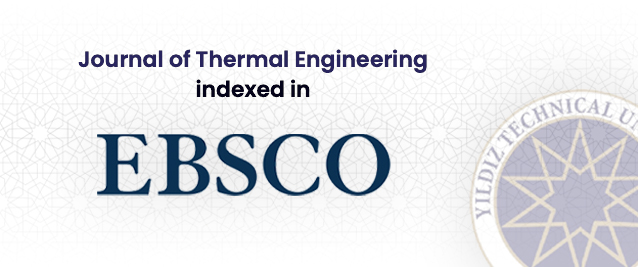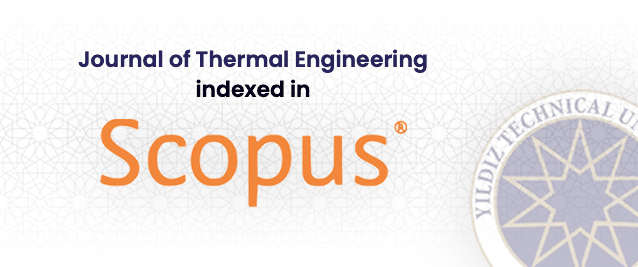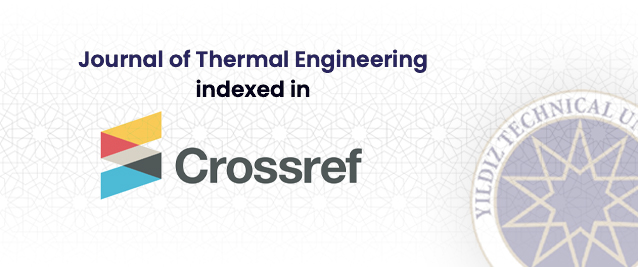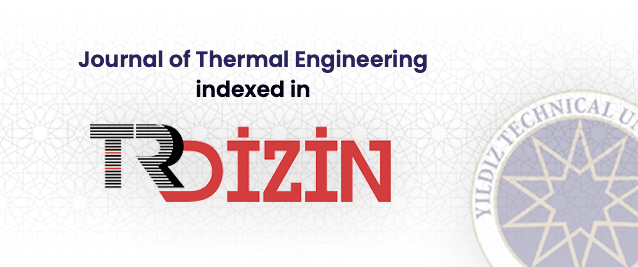Abstract
Aggregated studies on thermal radiation effects in nanofluid flow are important for the effec-tive utilization of its striking thermophysical properties and extensive industrial applications such as coolants in automobile radiators, heat exchangers, propulsion systems, atomic plants, etc. Particularly in concentric cylinders, the nanofluid flow has a wide range of applications, including medicine such as stenosis treatment. This investigation is one such computational study to explore the radiative flow between two concentric cylinders due to graphene oxide nanofluids. The flow is modeled, including the impacts of radiative heat flux, chemical reac-tion effects, thermophoresis, and Brownian motion. The spectral method is used to solve the system of complex nonlinear coupled equations under convective conditions. The influence of implanted parameters on skin friction, concentration, and temperature profiles of the nano-fluid and their impacts on entropy are studied. From the tabulated values of the Sherwood and Nusselt numbers, it is observed that convective heat and mass transfer can be enhanced by the thermophoresis parameter and the Brownian motion parameter, whereas diffusive mass transfer is enhanced by the chemical reaction parameter. A comparison table shows good agreement between the literature and the obtained values. Also, the results obtained are graphed and discussed in detail, along with entropy generation.




